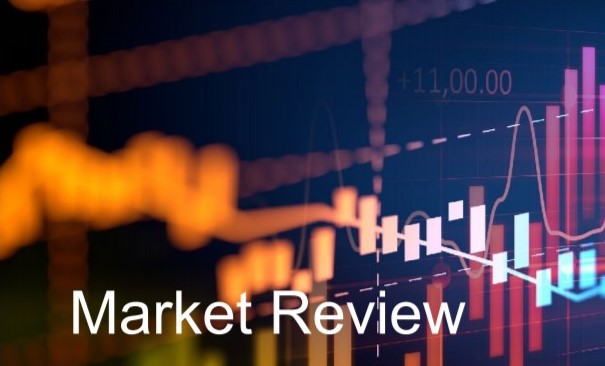
Monthly Market Review – June 2020
VIEW PDFHow the different asset classes have fared: (As at 30 June 2020)

1 Bloomberg AusBond Bank 0+Y TR AUD, 2 Bloomberg AusBond Composite 0+Y TR AUD, 3 Bloomberg Barclays Global Aggregate TR Hdg AUD, 4 S&P/ASX All Ordinaries TR, 5 Vanguard International Shares Index, 6 Vanguard Intl Shares Index Hdg AUD TR, 7 Vanguard Emerging Markets Shares Index, 8 FTSE Developed Core Infrastructure 50/50 NR AUD, 9 S&P/ASX 300 AREIT TR, 10 FTSE EPRA/NAREIT Global REITs NR AUD
Financial markets were slightly more subdued in June than in April and May as the reopening of economies caused new outbreaks in the Americas, Middle East and India. Australian shares and the local currency rose, buoyed by authorities’ relative success at containing the local epidemic. International shares also rose modestly in June but gains for unhedged investors were offset by a rise in the Australian economy. Emerging markets rose more robustly as an economic recovery in China and successful containment of viral outbreaks in Asia raised investor confidence. Government bonds largely traded sideways as central banks around the world maintained ultra-low interest rates and asset purchases while credit spreads narrowed as the economic reopening continued. Listed infrastructure underperformed in June as investors priced in the effects of a pandemic with multiple waves on sensitive infrastructure assets like toll roads and airports.
Cash and Fixed Income
Interest rates remained fixed near zero in June and central banks continued to use their balance sheet to hold down bond yields. Investment-grade spreads narrowed as Federal Reserve purchases of bond ETFs (exchange-traded funds) drew in new investment and raised prices while government and high-yield bonds largely traded sideways.
Australian Shares
The Australian share market extended its rally with another gain of 2.34% in June. An increase in the ASX 200 index was largely driven by banks, IT and consumer stocks. Mining stocks underperformed the index as a whole as Brazilian mining supply gradually came back online. A new outbreak in Victoria towards the end of June placed some downward pressure on prices, as well as the Australian dollar as the state was forced to reintroduce selective lockdowns to contain the spread of COVID-19.
International Shares and Emerging Markets
International share markets continued to recover in June although the incremental improvement in valuations was smaller and accompanied by much greater volatility. As in May, the global economic reopening and a continuation of extraordinary fiscal and monetary support supported higher valuations, but new outbreaks nevertheless forced localized lockdowns or a delay in reopening.
Once again, though, US IT stocks outperformed even as news of a Facebook advertiser boycott briefly shook investors’ optimism in the mega-cap tech stocks. International shares are now trading around the same price-to-earnings ratio that they were before the pandemic. Emerging markets were also supported by new inflows and an investors’ growing appetite for risk after the sell-off in March.
The Australian Dollar
The Australian dollar continued to rise in June. However, the local currency trimmed rapid gains at the beginning of the month by the end of June as a new outbreak and some adverse economic data dampened investor sentiment. Iron ore prices remained steady as Brazilian miner Vale, which has been heavily impacted by the COVID-19 crisis in Brazil, gradually brought more supply to the market. The Australia/US interest rate differential (the difference between yields on 10-year US and Australian government bonds) has stabilized at around 25 basis points, which means that investors earn more from holding Australian government bonds. Along with a gradual increase in investors’ appetite for risk and Australia’s apparent success at controlling the coronavirus, the interest-rate differential helped the Australian dollar finish the month at just under 69c.

